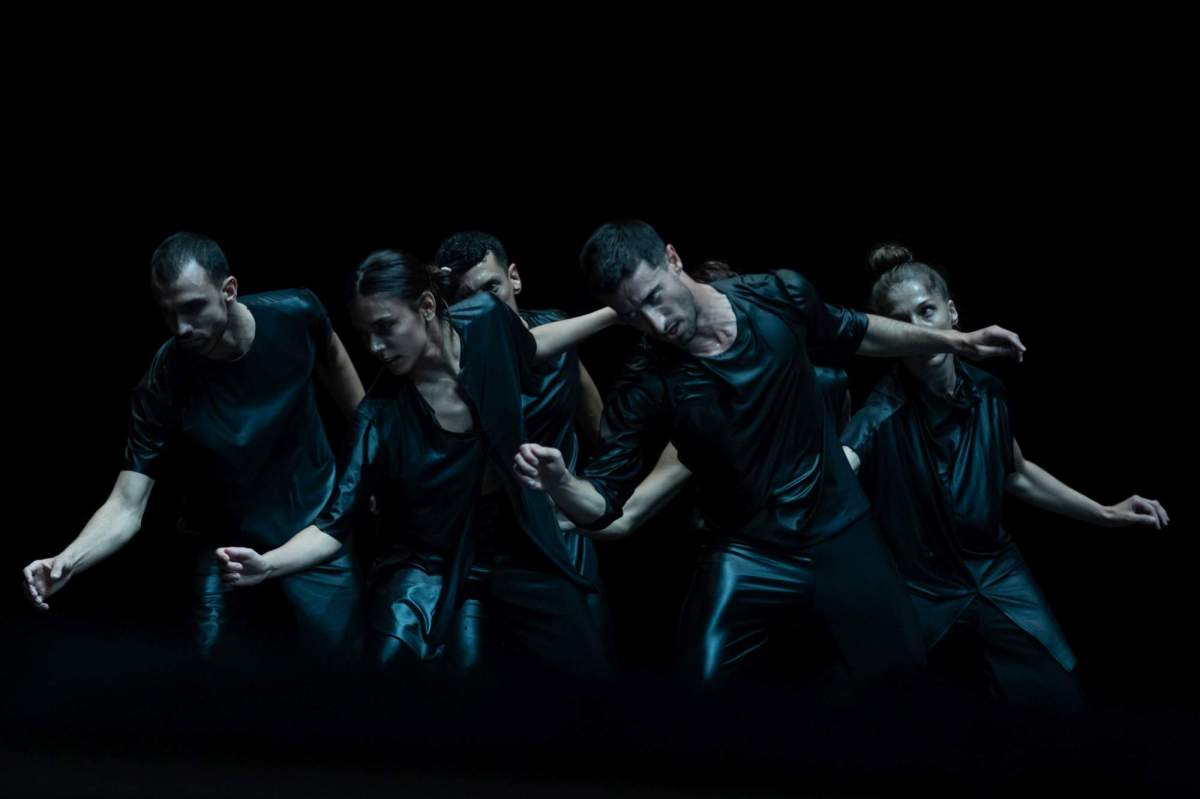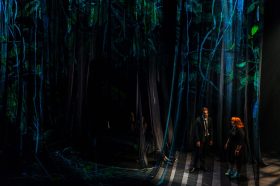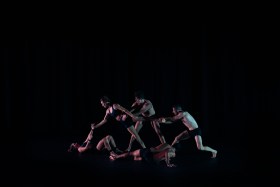If one were to look back on this year’s Perth Festival dance program and reflect on the choices made by its Artistic Director Anna Reece in her first year, they may say that she already shows a knack for picking winners.
Both international mainstage dance works in this year’s Perth Festival – first, Carcaça by Portuguese choreographer Marco da Silva Ferreira, and then Larsen C by Greek choreographer Christos Papadopoulos – were among four shortlisted nominees for Sadler’s Wells inaugural Rose International Dance Prize.
A fortnight ago, Papadopoulos was named the Rose Prize-winner for Larsen C – a work he premiered in 2021. The win is not only important international recognition for the artist, but also a sign that Reece and her team have well-honed dance programming instincts.
But prizes are one thing (and they are certainly not everything). Great art is rarely about trophies or accolades. Rather, it’s about powerful experiences that move you, that encourage you to consider new perspectives and, in some cases, leave you questioning what you thought you knew.
Reflecting on Papadopoulos’ Larsen C – a work with a strong poetic capacity to take viewers on a trip to other realms, both physical and emotional – it seems this is one such great work of art.
Fuelled as it is by subtlety and simplicity, it’s a quietly powerful exploration of the artist’s interest in phenomena that are both minuscule in scale and seismic in scope.
It begins with a single body in space. This male dancer (Georgios Kotsifakis) is clad in black, and positioned downstage left, lit only by a wash of white-yellow light beaming across him from the side of the stage (lighting design by Eliza Alexandropoulou).
As he moves against a black backdrop set (designed by Clio Boboti) he does so slowly and fluidly, as if lured by subtle external forces beyond his own mind.
He continues to slip and unfurl bathed in the warm-yellow glow light, which, at times, catches his bare arms and face against the set’s expanse of black.
Soon, his arms – which appear somewhat disembodied against the darkness – start to motion away from him in more rapid-fire movements, while his feet remain grounded as the engine of his control, as he glides across the stage. Giorgos Poulios’ sound design also fills the space with a reverberating white noise interspersed with drips, trickles and crackles of water.
Read: Performance review: 12 Last Songs, Perth Festival
This initial scene is rooted in abstraction, though there are obvious allusions to the natural world filtered in. By the time the full ensemble of dancers join Kotsifakis on stage (six in total) there is something both intuitive and highly structured in their intent.
Their moves are, on the whole, minute and precise. On this score, the work will not be to everyone’s taste. While its minimalism may leave some people cold, for others, Papadopoulos’ expert use of space will reveal the work’s deeper emotional weight.
There are, for example, moments when the cast surges forward to commune with the audience, as they dance right on the front edge of the stage. At other times they retreat through a haze of smoke to occupy far more distant realms.
Yet if there is one abiding quality in their moves as they shift relentlessly across the stage, it is that their bodies continue to signal to each other – almost imperceptibly – about which direction to take next. In this way, they mimic the ‘rules’ and patterns of the natural world as they shapeshift through various organic, elemental forms.
By the end – and after witnessing several breathtakingly beautiful lighting states by Alexandropoulou unfold – we are left with powerful impressions of both the vastness and the microscopic intricacies of the world around us, and are reminded of the mysterious synchronicities and connections that lie at the heart of our place within it.
Larsen C, Heath Ledger Theatre, State Theatre Centre of WA
Creator and Choreographer: Christos Papadopoulos
Composer and Sound Designer: Giorgos Poulios
Set Designer: Clio Boboti
Lighting Designer: Eliza Alexandropoulou
Costume Designer: Angelos Mentis
Dramaturgy Consultant: Alexandros Mistriotis
Choreography Consultant: Martha Pasakopoulou
Assistant Set Designer: Filanthi Bougatsou
Production Managers: Rena Andreadaki, Zoe Mouschi
Tour Lighting Head:Alexandros Mavridis
Set and Sound Technicians: Marilena Kalaitzantonaki
Tour Manager: Konstantina Papdopoulou
Performers: Maria Bregianni, Georgios Kotsifakis, Sotiria Koutsopetrou, Alexandros Nouskas Varelas, Danai Pazirgiannidi, Adonis Vais
Larsen C is presented by Perth Festival, 20-22 February, State theatre Centre, Perth.





